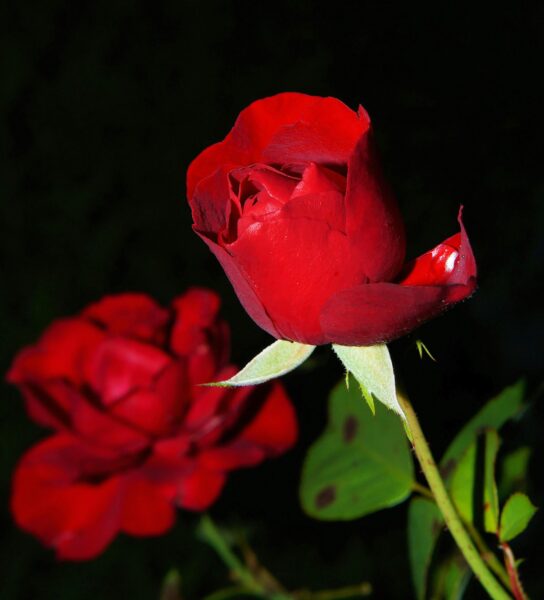
There’s a special kind of joy in seeing a rose bush come to life—bursting with color, fragrance, and charm. Roses have long been crowned the queens of the garden, but their blooming schedule and care can feel like a bit of a mystery. When do roses bloom? How can you make them thrive? Whether you’re a homeowner, a professional landscaper, or a DIY gardener, let’s dig into everything you need to know to maximize those breathtaking blossoms.
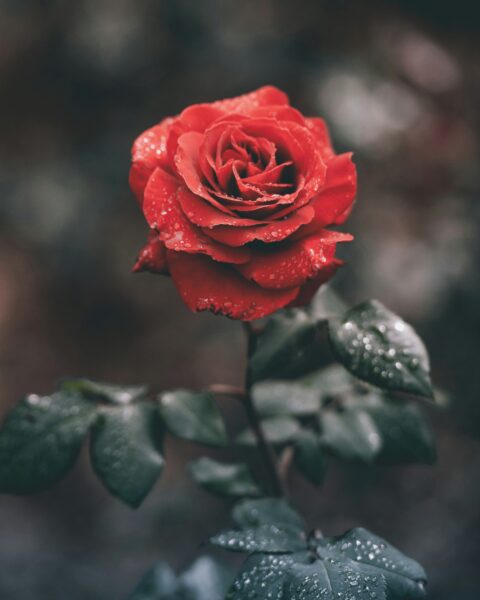
Roses generally bloom from late spring through early autumn, but the exact timing is highly influenced by the rose variety and local climate. Here’s a breakdown of what to expect:
The type of rose also plays a pivotal role. Let’s unpack the varietal nuances:
| Rose Type | Bloom Frequency | Timing |
|---|---|---|
| Once-Blooming Roses | 1x per season | Spring |
| Repeat-Blooming Roses | 6-8 week cycles | Late spring to early autumn |
| Continuous-Bloom Roses (e.g., Floribundas) | Constant bloom cycles | Summer into fall |
Once-blooming roses, like the Carolina rose, captivate in spring, while repeat bloomers such as the hybrid teas gift gardeners with recurrent blooms from May to October. Choose wisely based on your patience level and desired garden aesthetics!
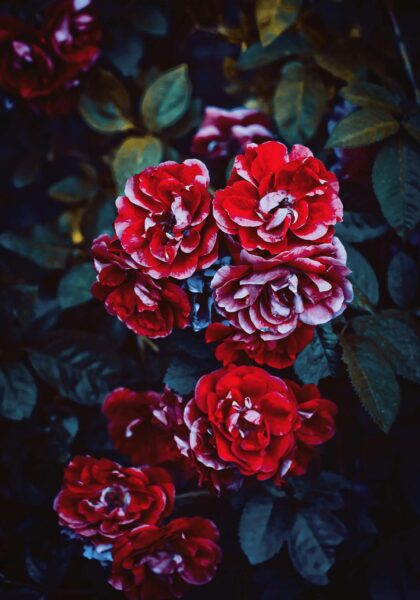
Understanding the stages of rose blooming can help you anticipate and nurture the perfect blossoms. Here’s how it unfolds:
For repeat-blooming varieties, this process repeats every 6-8 weeks if conditions are optimal.
Roses are resilient plants but highly responsive to their environment. Here’s how to give them the best possible chance to bloom and rebloom:
After a rose has bloomed and faded, don’t let it linger! Deadheading—or removing spent blooms—redirects the plant’s energy toward producing fresh flowers instead of seeds.
Sometimes, despite your best efforts, your roses may refuse to cooperate. A few common culprits include:
If all else fails, evaluate the variety you’ve chosen. Some climbers and wild roses bloom on older wood, meaning you may need to hold off pruning until after their bloom season. For some inspiration on how to display these beauties, consider utilizing a stunning trellis for climbing roses.
Ready to enjoy a garden full of roses? Whether you’re planning to fill a front yard with floribundas or coax that climbing Don Juan up your porch arbor, the key lies in understanding your roses’ unique needs. Check out our recent articles for more gardening tips and inspiration.
What varieties are your personal favorites? Have any tips or tricks for keeping your roses in bloom all season? Share your thoughts in the comments below—we’d love to hear how your garden grows!
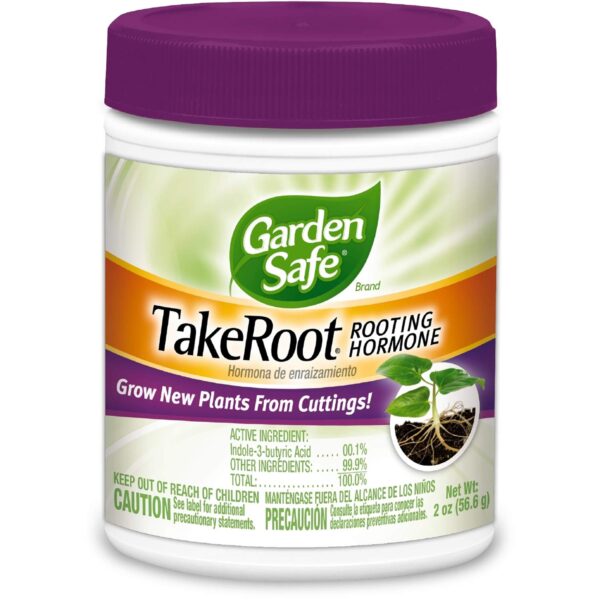
Garden-Safe-Rooting-Hormone-93194/dp/B00AA8WPGY
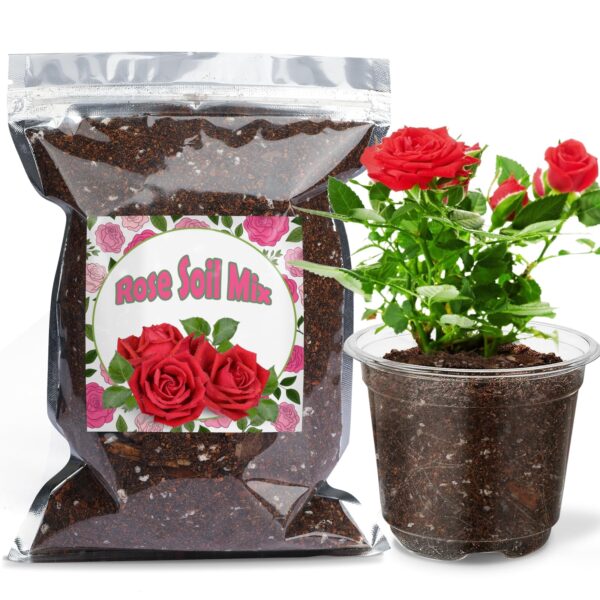
Doter-Organic-Potting-Healthy-houseplants/dp/B0CXDY6B2N
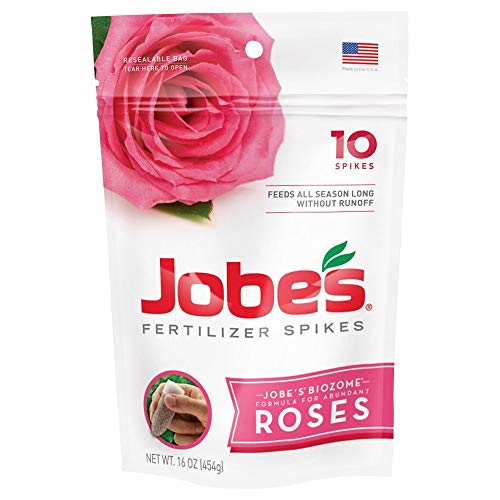
Jobes-Outdoor-Fertilizer-Spikes-Pieces/dp/B07RDH1ZZ2
As you embark on your rose-growing journey, remember that the timing and care you invest will be truly rewarding when those vibrant petals finally grace your garden. Whether you're nurturing your plants for a summer burst or preparing for a late autumn spectacle, we hope these insights will bring you closer to unlocking the full potential of your rose blossoms. For more gardening tips and delightful inspirations, we invite you to check out our flower-filled boards on Pinterest or get a sneak peek into our latest blooms on Instagram. Love a good garden chat? Join our community on X (formerly Twitter) for conversations and more. And if stories and articles like this warm your heart, be sure to like our page on Facebook to follow along with our gardening adventures. Happy planting, friends!
Generally, roses flourish from late spring through early fall. Some varieties bloom just once while others continue to blossom throughout the entire season.
Spring Planting: In many temperate areas, it's best to plant roses after the final frost, typically between late March and early June, giving the plants time to establish themselves before summer's heat.
Fall Planting: In regions with milder climates, planting in early fall, from September to October, can also be advantageous.
Most modern rose varieties tend to bloom multiple times throughout the season. Usually, this occurs from May to October, depending on the local climate conditions.
Ordering bare root roses is optimal from late winter to early spring, generally between January and March, based on your climate zone. This timing guarantees that the roses arrive dormant, allowing you to plant them as soon as the soil is ready for planting and the risk of a severe frost is over.

Immerse yourself in architecture’s most boundary-pushing ideas—where innovative home improvements meet visionary urban developments. Discover new building techniques, materials, and creative concepts that are redefining how we shape our spaces on a global scale.